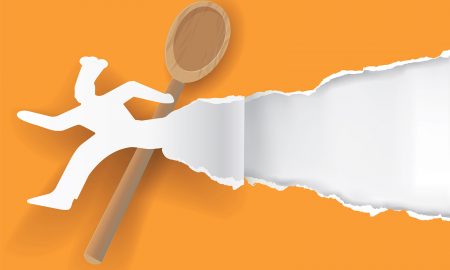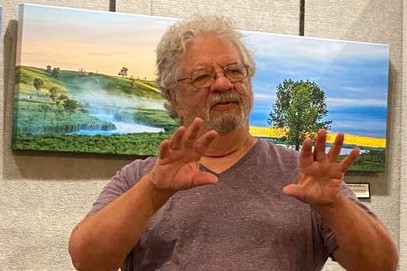

Today we’d like to introduce you to John G. White.
John, we appreciate you taking the time to share your story with us today. Where does your story begin?
After graduating with a degree in photojournalism from the University of Missouri School of Journalism, my career was with daily newspapers (Wisconsin State Journal, Dubuque Telegraph-Herald, and the Denver Post), in magazine editorial positions at Webb Publishing in St. Paul, freelance magazine writing and photography with credits in more than 70 publications as well as being an editorial director for an advertising agency. After that last position, I moved to the prairie to run a country weekly, loved the people I got to know along the Minnesota River Valley, and have made it my home. Upon the death of my wife, I retired and bought a small acreage farm near Ortonville where I began concentrating on the last one percent of the remaining prairie.
We built a timber frame studio on the farm where I display my work, and where I present my work during the annual Upper Minnesota River Meander Art Crawl. My work is also displayed at various galleries throughout the prairie region. One was just hung at the PRCA Gallery in Morris and is called the Art of Erosion, which has been displayed in several different venues over the years and was also featured in the Smithsonian’s traveling Water Works exhibit. While that is currently a framed display, most of my works are presented as photography on canvas. Besides these, I also make my own wooden frames and offer framed prints along with matted prints, cards, and calendars.
Would you say it’s been a smooth road, and if not what are some of the biggest challenges you’ve faced along the way?
My gallery work has been pretty consistent and smooth. Photography artwork sales are a struggle because apparently so many home walls are already claimed for various reasons. That said, I’ve had really great responses throughout the 11 years I’ve concentrated on prairie art. One patron suggested, “You are an artist …. with a camera.” That felt good, for like a potter, for example, he viewed the camera as essential to my artistic eye as a wheel is to a potter, for it is an ability to see and capture that has been honed over the years. Photojournalists are trained to see imagery and composition on the go, constantly manipulating depth of field, composition, and the use of light. These are attributes that differentiate an artist from a hobbyist. If you can create the image within your tool, the camera, then the use of tools like Photoshop is diminished.
My use of processing tools is decidedly much less than when I worked in the darkrooms where like other professionals I was a shadow artist with burning and dodging. Over these years I’ve gone through various “periods” … if you will … from color concentrations to depth of field maneuvers (softening a foreground by aiming through wind-blown prairie grasses), layering, landscapes, color schemes in wavy actions, and so forth. One must always be searching for freshness, something new and different. Keeping it fun. Creating something beautiful out of ugliness.
Appreciate you sharing that. What else should we know about what you do?
Even as a photojournalist for various publications, whether newspapers or magazines, my work was more of an “artistic style” compared to straight news. In a way, my work on this last percent of the prairie is as much photojournalism as it is artistic. Again, it comes down to color, light, composition, and subject matter. I want people to see and feel an intimacy with the prairie, of what was, with the grasses and incredible array of native forbs and fauna. Before Euro-migration this area was a prairie pothole biome, and now 99 percent of the potholes (sloughs) have been drained and most of the prairie we now see has been replanted through various government and organizational “reforms.” Replanting means that some plants such as the white-fringed prairie orchid are nearly extinct for they appear in unplowed, native prairies, married to specific soil attributes.
It now appears in two small native prairies in state parks, or the ball cactus, that exists in about a three-mile stretch of headwater outcrops. We will never see the prairie again as it existed at the end of the 1800s. What are we missing? What have we not appreciated as a species? Most people who live here haven’t any idea that the dips they’ve just driven through were at one time an actual lake, perhaps surrounded by bison. If I can as an artist generate some semblance of imagination of what might have previously existed here in the “black desert,” that would give me a sense of pride.
We’re always looking for the lessons that can be learned in any situation, including tragic ones like the Covid-19 crisis. Are there any lessons you’ve learned that you can share?
Mask. Mask. Mask. Those weeks, months, and a couple of years were the first time in my life when I didn’t suffer a single cold or sore throat. I used to smirk when traveling through Asian countries long before Covid at all the mask wearers. Now? No longer.
Pricing:
- My canvases range in price up to $400.
- Matted prints up to $40.
- Prairie “Plaks” my Covid project $40
- Framed prints, those frames I make myself, are up to $250.
Contact Info:
- Website: johngwhitephotos.com
- Facebook: John G. White Photos
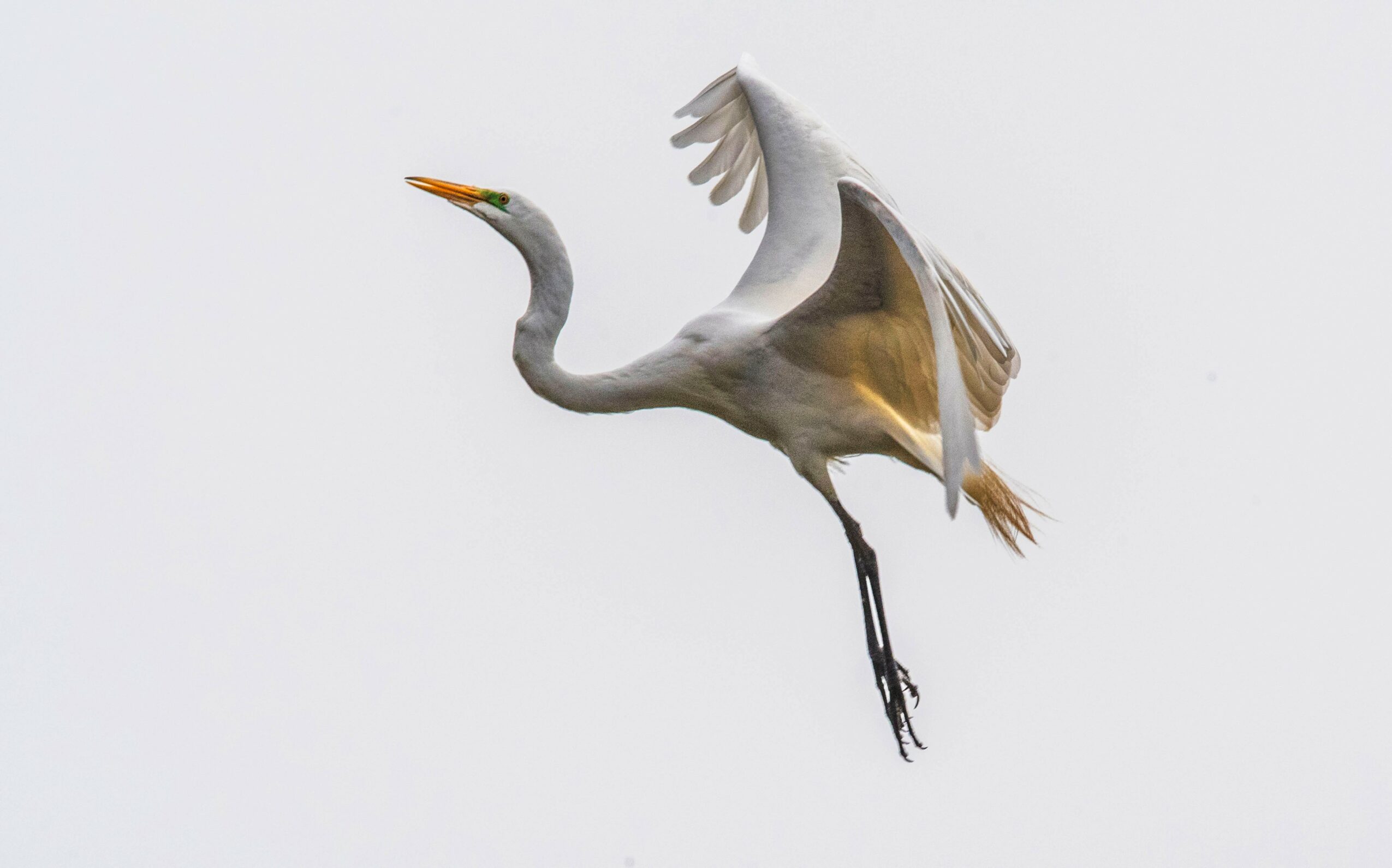
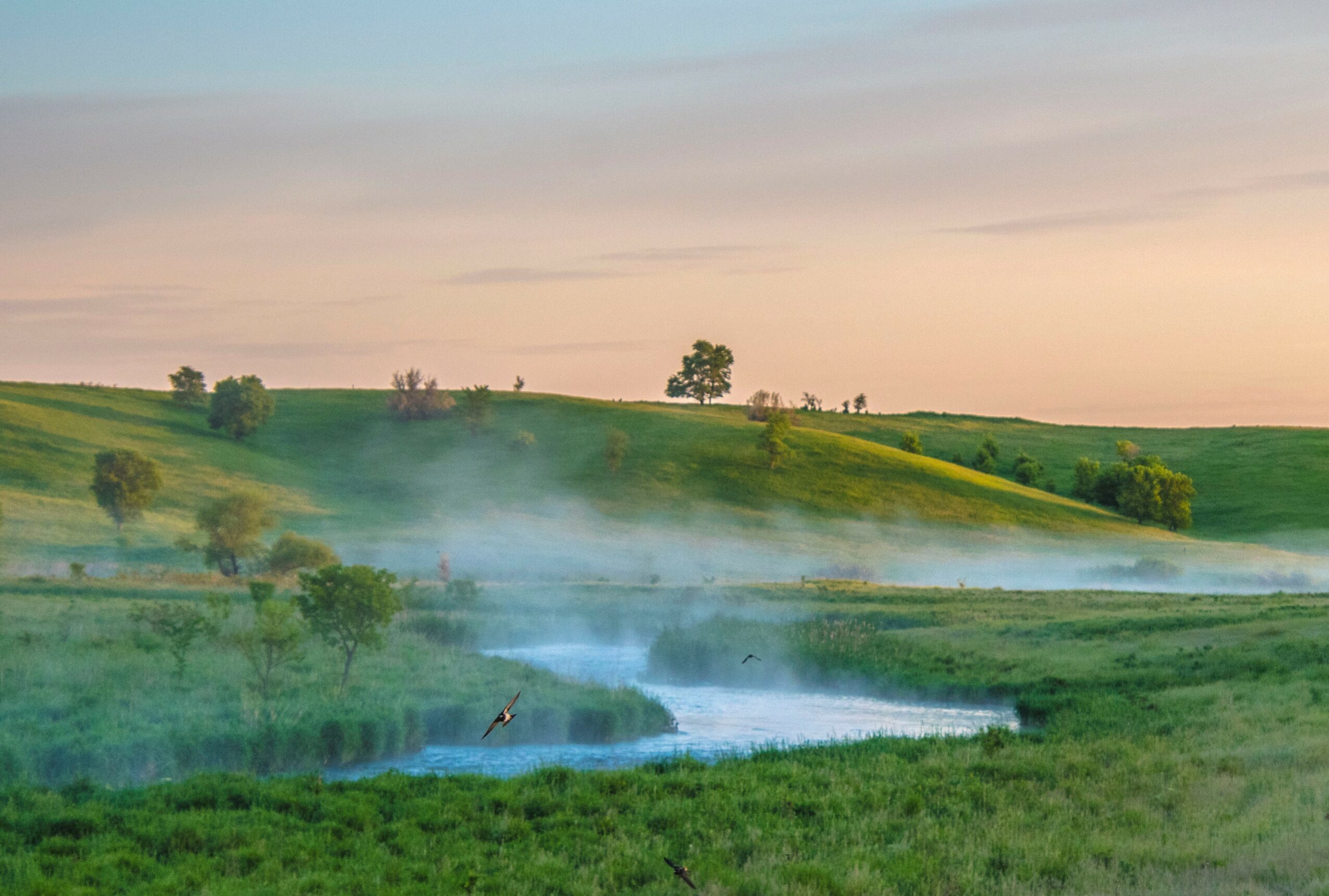
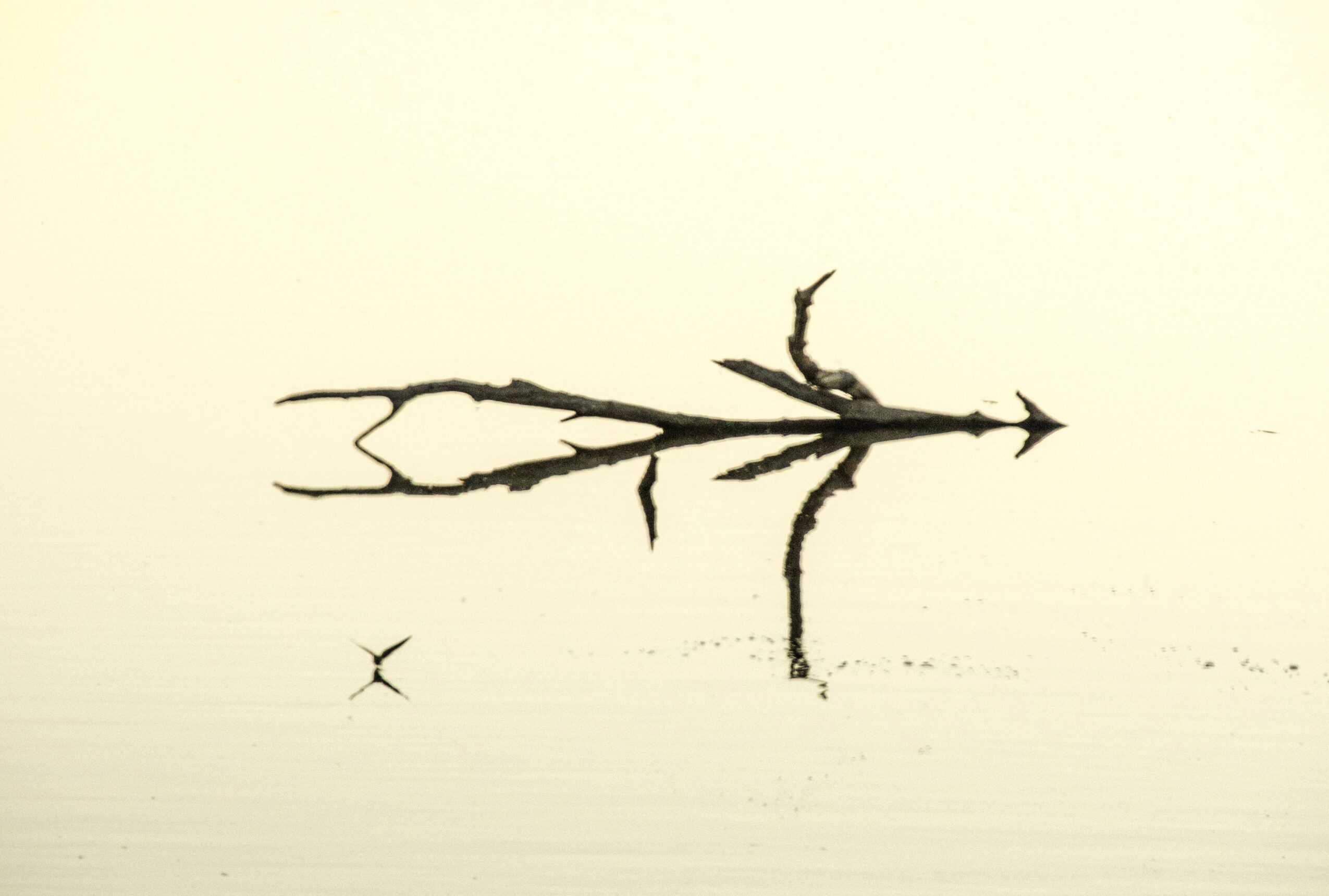
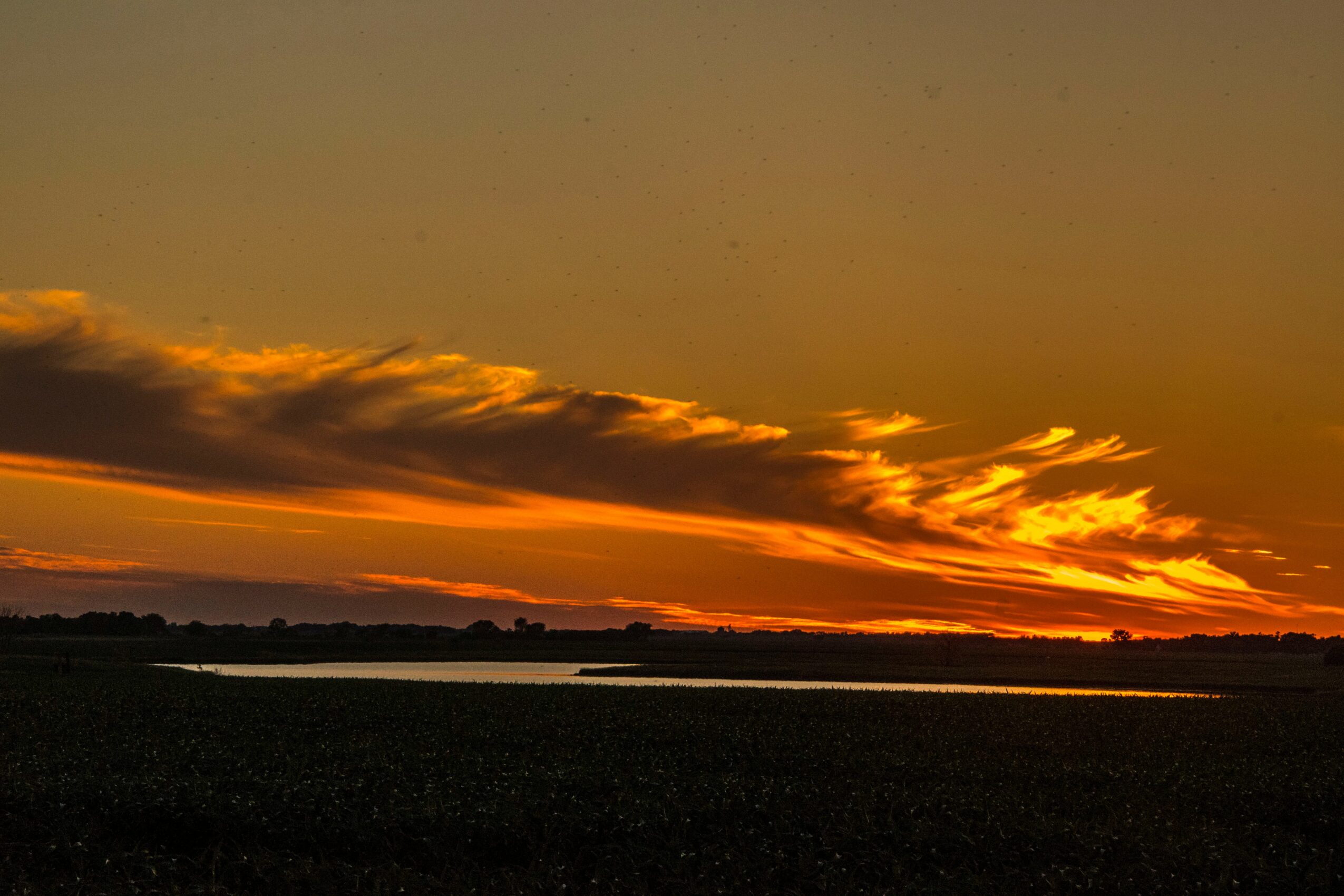
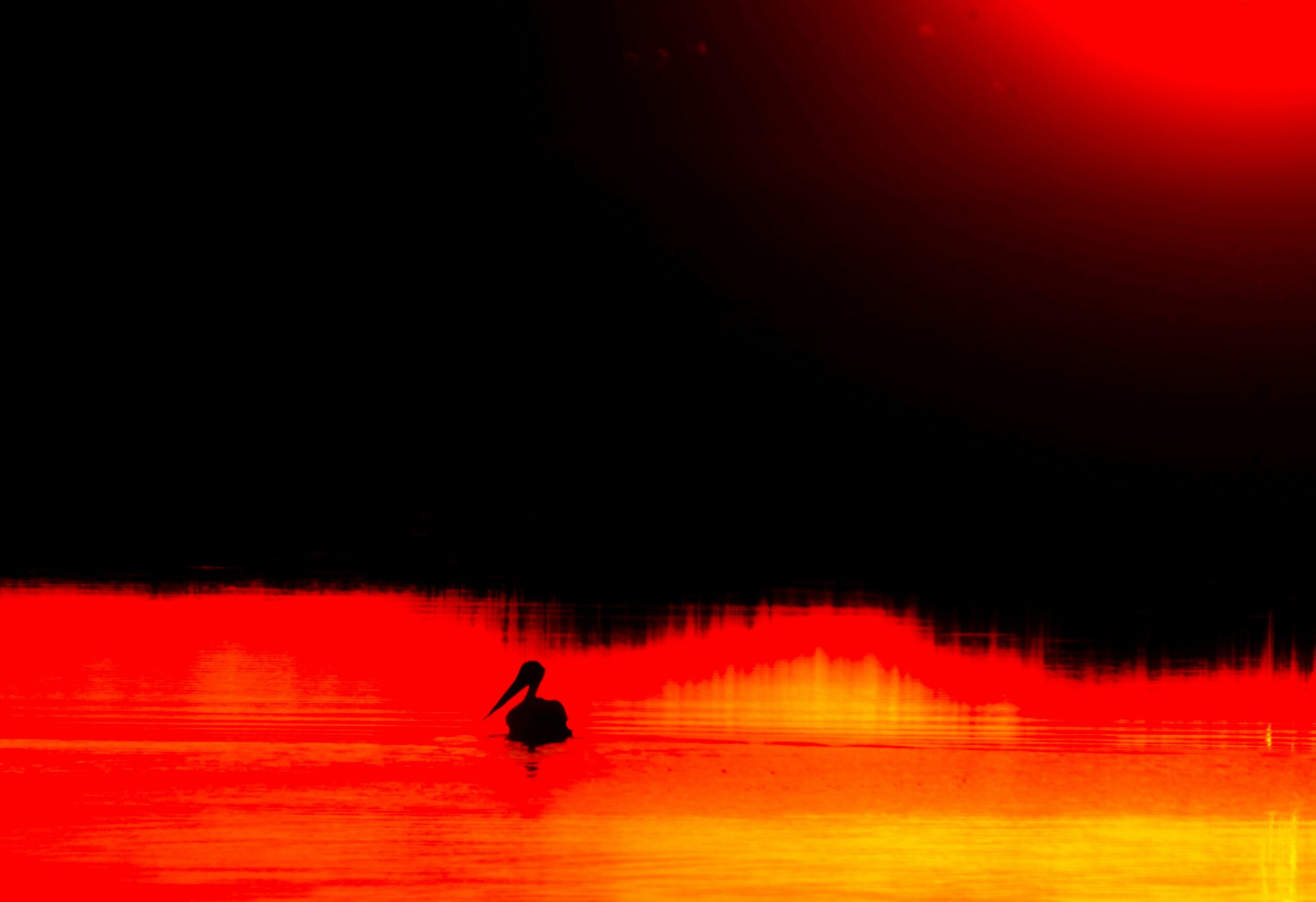
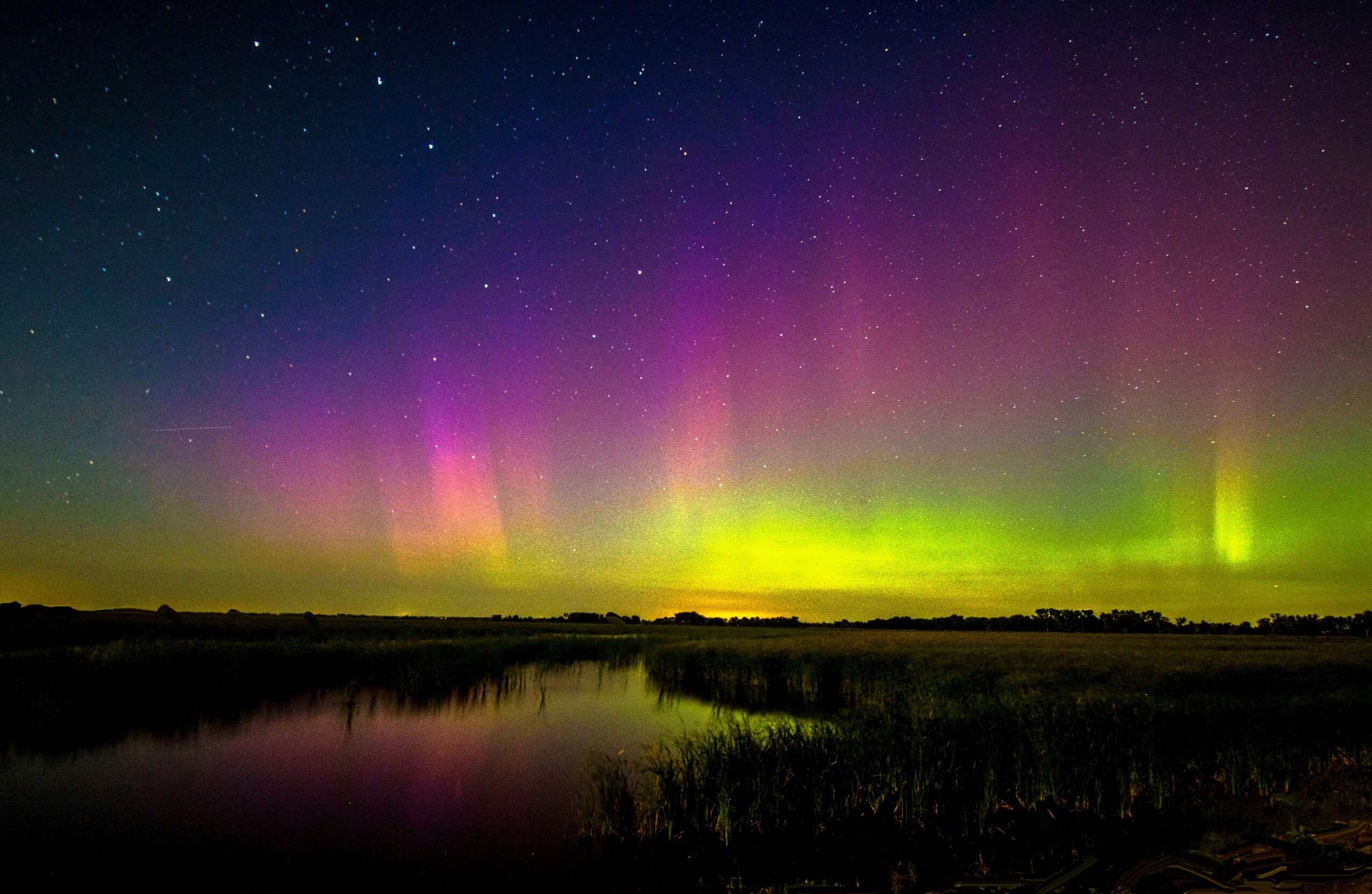
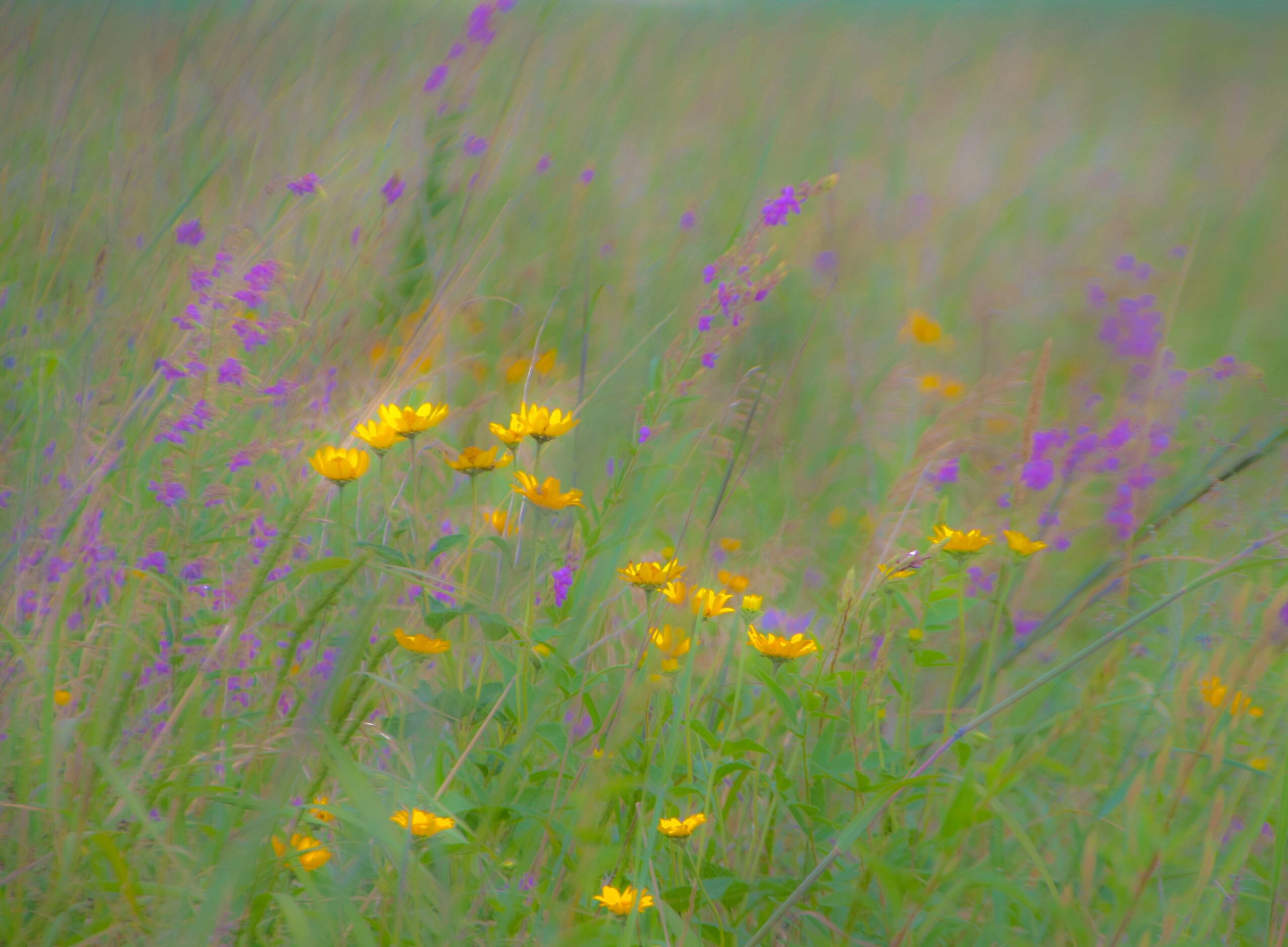
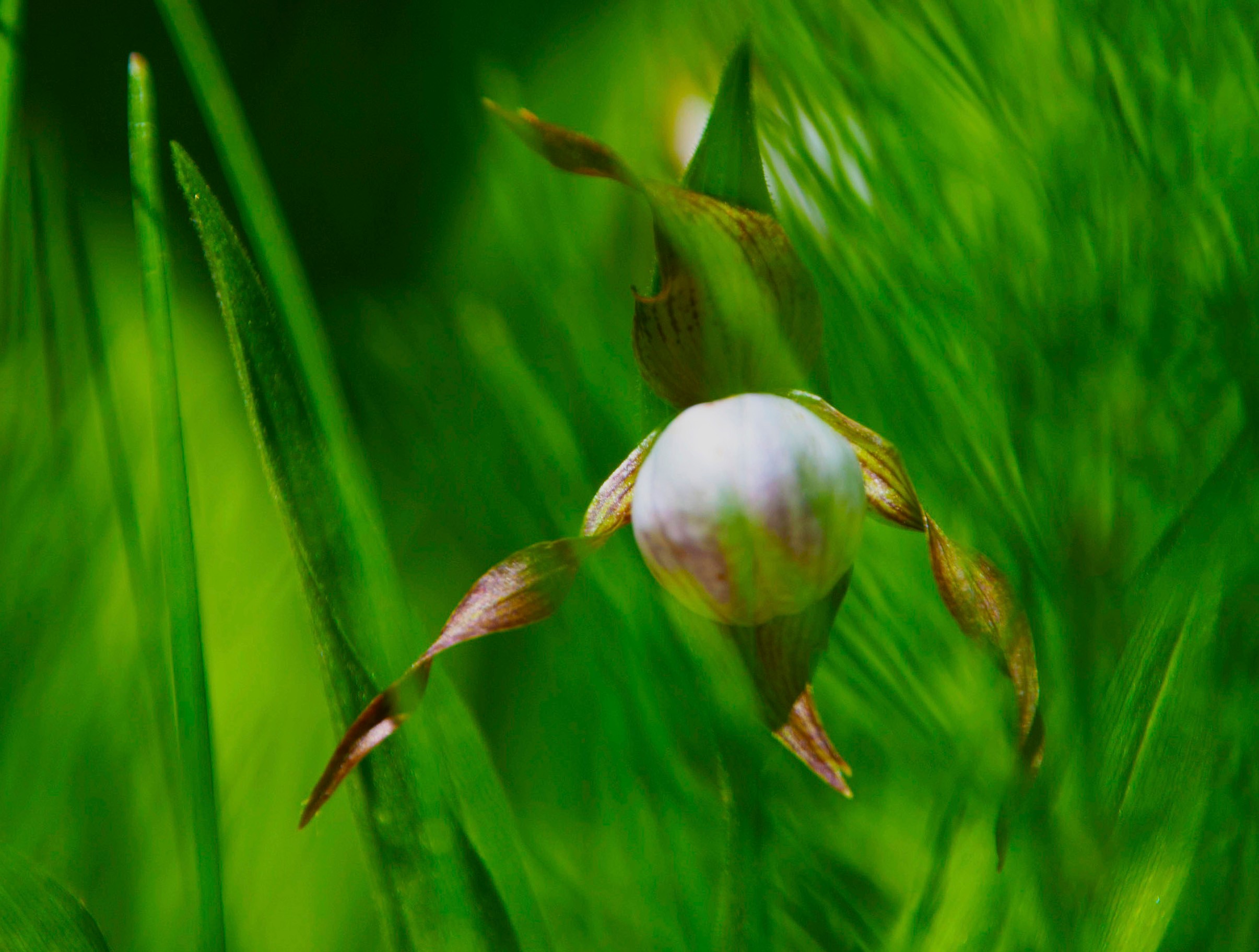 Image Credits
Image Credits
John G. White Photography





